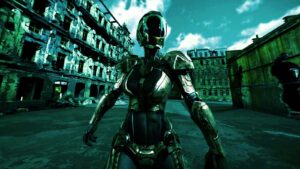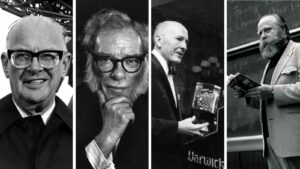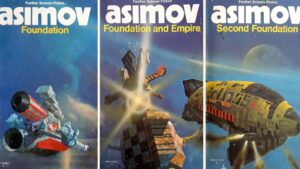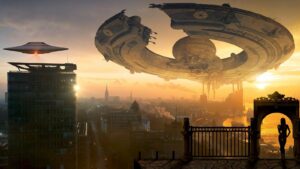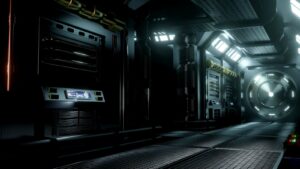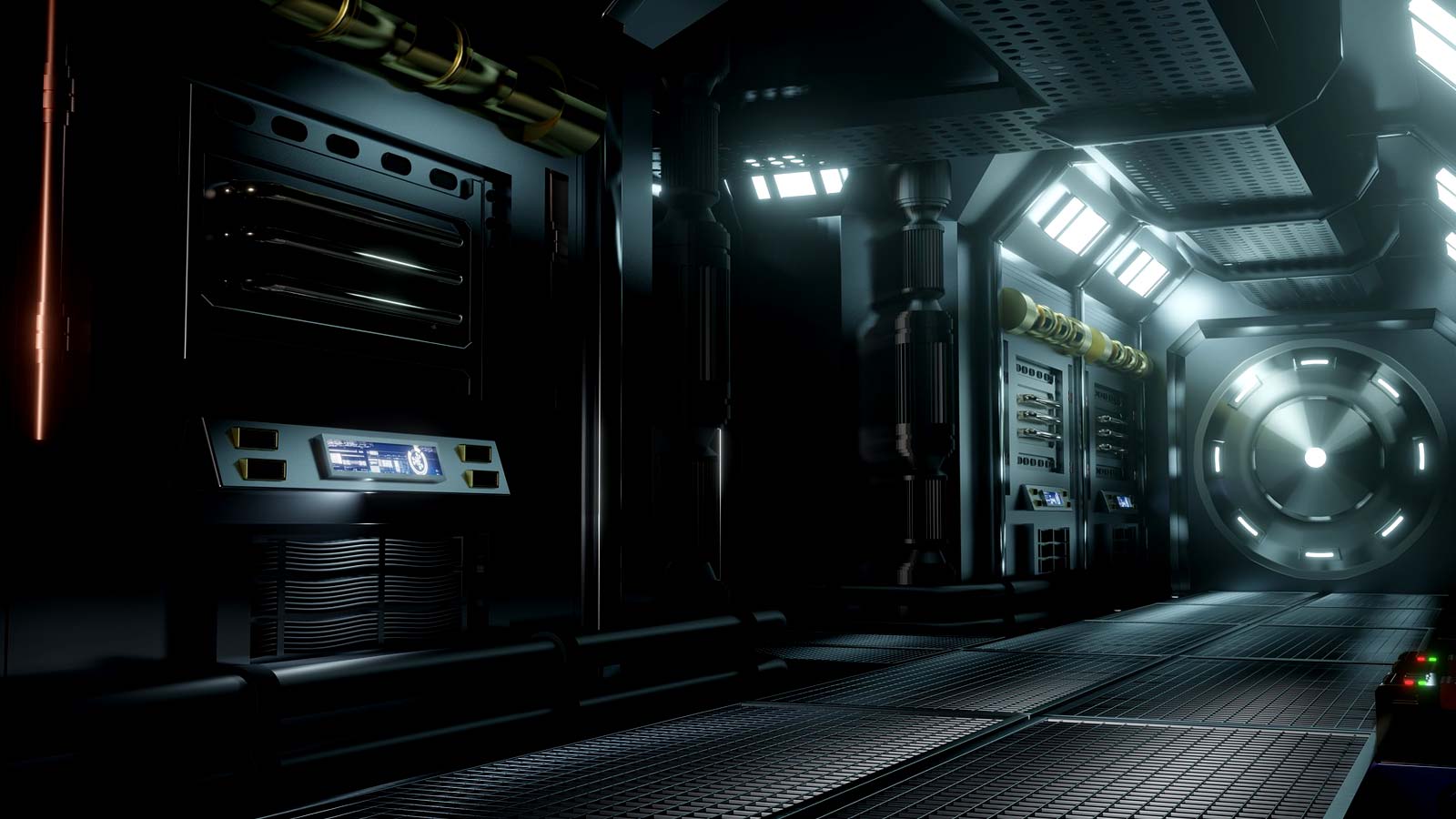
Did you know that Lucian of Samosata, a Syrian satirist, once imagined taking ships to the moon? Yes, this imagination occurred to him in the 2nd century. This was an inspiration for many seafarers, who began desiring an ascent to the heavens. Fiction can sometimes be a glimpse of certain realities of the future.
If you truly believe this, you’ll probably find it easier to accept that someone already wrote the future. A careful examination of history suggests that science fiction has always provided a glimpse into the future. So, here we’ve presented some of the things mentioned in science fiction that later became a reality:
1. The space station
Author Edward Everett Hale’s novella The Brick Moon mentions the space station. It appeared serially in an American magazine called The Atlantic beginning in 1869. A hundred years later, the Soviet Union launched the first space station in the world. The launching of this space station into the low Earth orbit was a part of the ‘Salyut’ program.
In the book, they launch a brick sphere using a river-powered flywheel. The sphere that makes its way into the orbit with people in it has the size of a skyscraper.
2. Portable radio
In his novel Fahrenheit 451, the American author Ray Bradbury had talked about the idea of a portable radio. The very next year, Texas Instruments came up with the first portable radio for the mass market. This novel was the winner of the American Academy of Arts and Letters Award in 1954.
It talks about an American society of the future where they find books unnecessary and burn them. The protagonist of the story, Guy Montag, quits his job eventually to preserve cultural and literary writings.
3. Machine learning
Erewhon was among the first novels that explored the ideas of artificial intelligence. The characters in this 1872 novel by Samuel Butler were to replace the race of man. Today, we have robots that are learning fast to outdo human beings.
A workshop at Dartmouth saw the first real demonstration of this in the 1950s. Arthur Samuel of IBM had coded a checkers player. The self-learning program refined its approach until it won the game.
4. Long-term heat storage
Begum Rokeya was a Muslim writer, social reformer, and feminist from the Indian state of Bengal. In 1905, she came up with a Bengali story called Sultana’s Dream. It depicted a utopia that’s feminist in nature. Women scientists work on the use of solar power to control the weather.
This technology of trapping solar power to warm an entire town through winter became real in 2007. The use of this technology was instrumental in transferring high mid-year temperatures to underground pipes. The heat could then warm about 52 homes for the entire winter season.
5. Lab-grown meat
In 1890 came yet another powerful feminist science fiction novel, Mizora. It depicts feminine utopia that exists within planet Earth. All the females are blondes of the ‘Aryan’ race. In the book, the author Mary Bradley Lane mentions the Mizorans producing synthetic burgers.
The production of these burgers use a process that transforms beef’s chemical elements. This was a more economical way of obtaining meat, which came as an inspiration to Mark Post. This Dutch scientist invented the first lab-grown meat in 2013.

